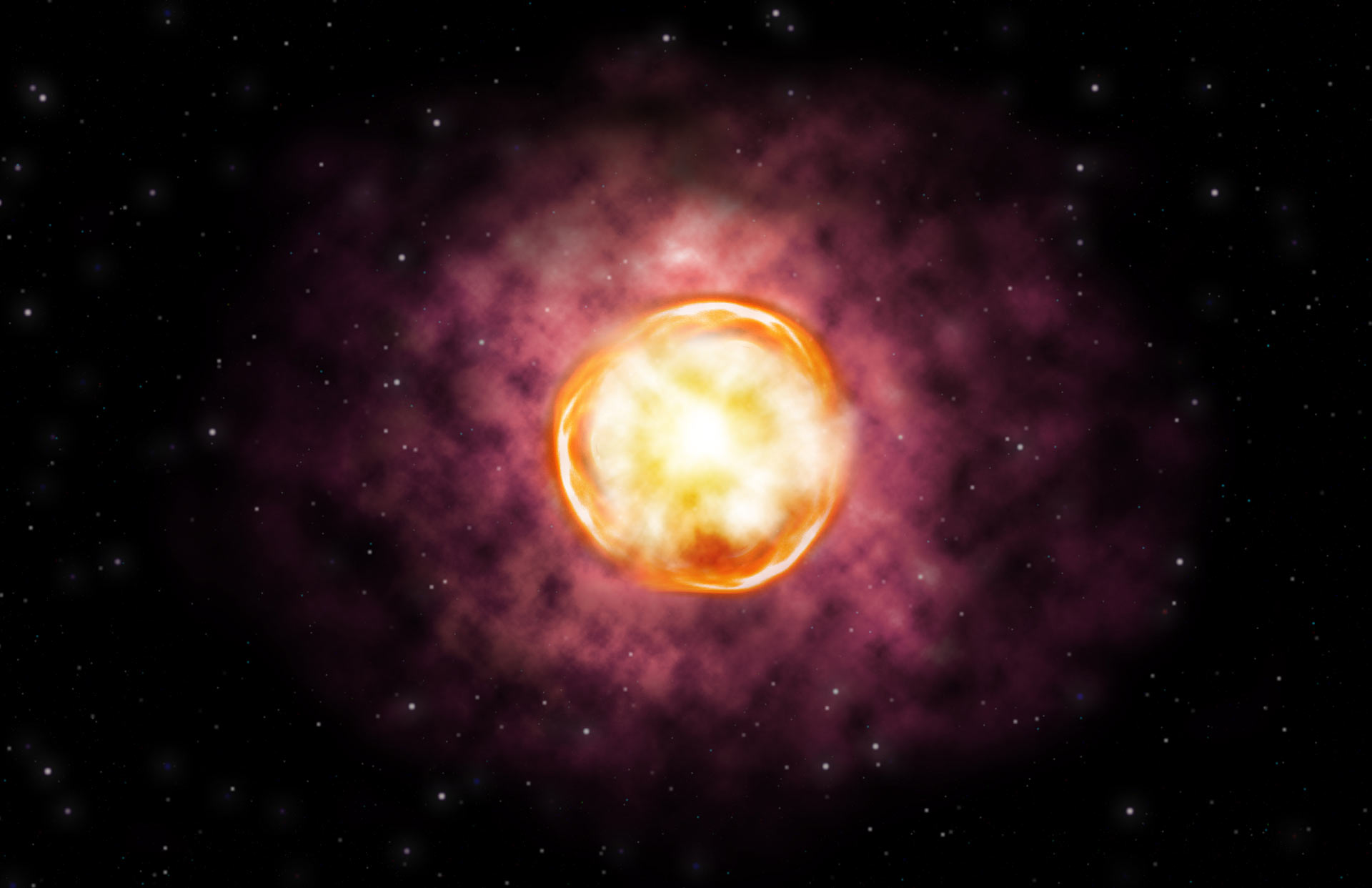
Scientists have discovered the most massive star ever destroyed by a supernova — the epic event SN 2016iet, which occurred in a dwarf galaxy located 900 million light-years away from Earth.
There are all sorts of things which make this unusual supernova different from others. It is lasted a long time, was very energetic, and had low levels of heavier elements, all of which distinguish it from its brethren. “Everything about this supernova looks different — its change in brightness with time, its spectrum, the galaxy it is located in, and even where it’s located within its galaxy,” Professor Edo Berger of Harvard University said in a statement. “We sometimes see supernovae that are unusual in one respect, but otherwise are normal; this one is unique in every possible way.”
The supernova was so unexpected that researchers weren’t even sure what it was at first. “When we first realized how thoroughly unusual SN2016iet is my reaction was ‘Whoa — did something go horribly wrong with our data?’” Sebastian Gomez, a graduate student at Harvard University, said in the same statement. “After a while we determined that SN2016iet is an incredible mystery, located in a previously uncatalogued galaxy almost one billion light-years from Earth.”
The event happened when a huge star 200 times the mass of our sun rapidly lost a large percentage of its mass and exploded. It was of a type called a pair-instability supernova, in which the creation of antimatter reduces the pressure inside a star’s core, leading to collapse.
SN 2016iet is particularly noteworthy because this explosion is believed to represent what supernova events of the largest stars would look like, even the earliest stars in the universe. Although scientists have theorized about pair-instability supernovae in the past, this is the first time such a phenomenon has been observed. And because of its unusual features, it will be a point of study for years into the future.
“Most supernovae fade away and become invisible against the glare of their host galaxies within a few months. But because SN2016iet is so bright and so isolated we can study its evolution for years to come,” Gomez said. “These observations are already in progress and we can’t wait to see what other surprises this supernova has in store for us.”



